Many of you have asked how games are being crafted at CodinGame. Some were even wondering if external workforce was involved… Let me tell you, each game is handcrafted with love right here at our headquarters! So here is how we proceeded for the There Is No Spoon contest.

Theme and Concept Art
Firstly, we need to choose the theme for the contest. Where do we find our inspiration? Well, we’re coders like you, so, yes, we kinda like geeky topics
Sometimes the date of the contest influences our choice if something special is to be celebrated; it depends. The title of the event will of course be adapted to the topic.
Then, there is the step of designing the concept art. It’s the nice picture you find on all the event materials and covers. It is also the first stone of the edifice, it sets the scene for the universe of the contest, and that’s what inspires the rest of the design for the game. Romain, our Art Director, quite likes to paint tormented landscapes.
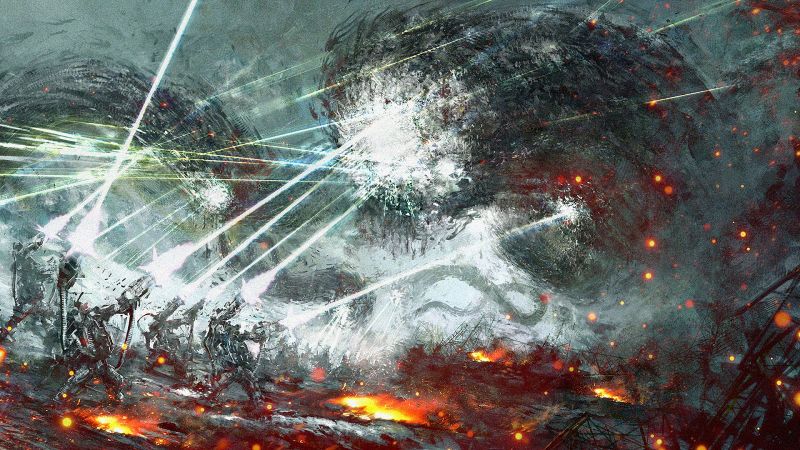
Game Design
Here, the gameplay will be all about coding: the most crucial point is to find an
interesting algorithm to work on, to twist and adapt it to an original game concept. The tech team proceeds to a stand-up meeting to find as many original ideas as possible. Then they vote, and the game concept is chosen.
Then imagine a huge white board where figures and diagrams start to be drawn. Options are tested and debated. Once the “gameplay” is structured, the following phase is to iterate with the Art Director, Romain, to give birth to the visual renderings. There are a lot of possible options and the discussions that happen between the tech team and Romain really reflect that.
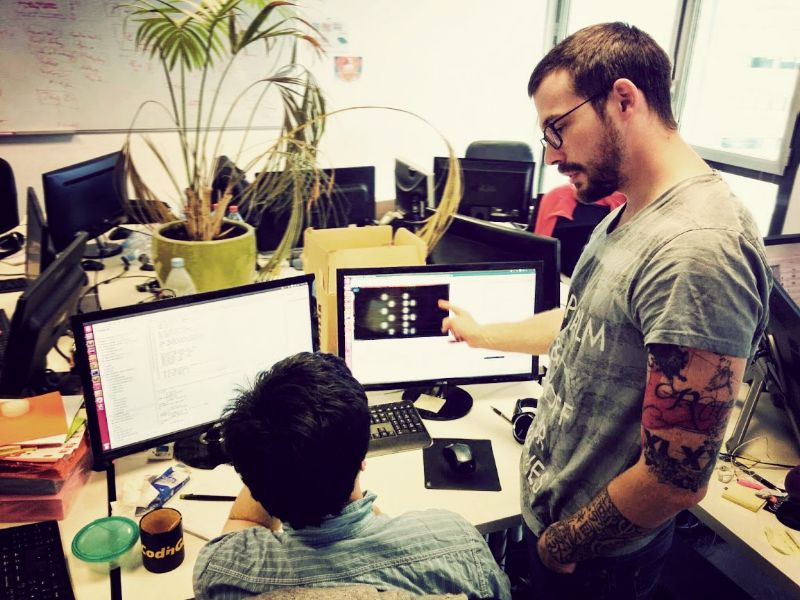
After that, there is the sketching phase of the different visual elements of the game.
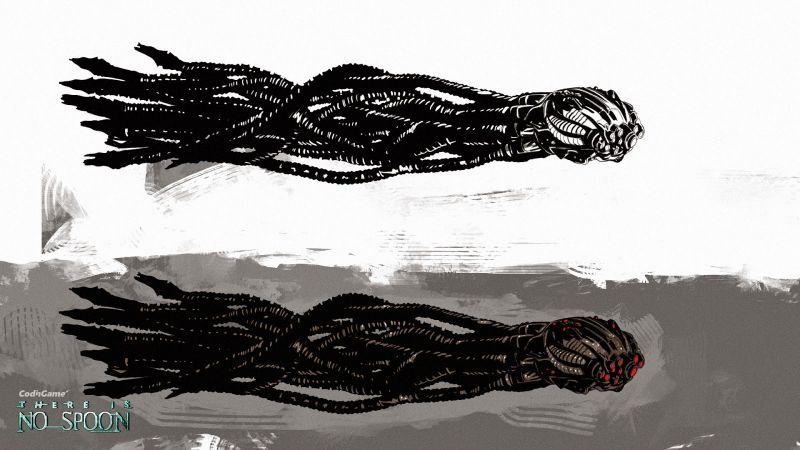
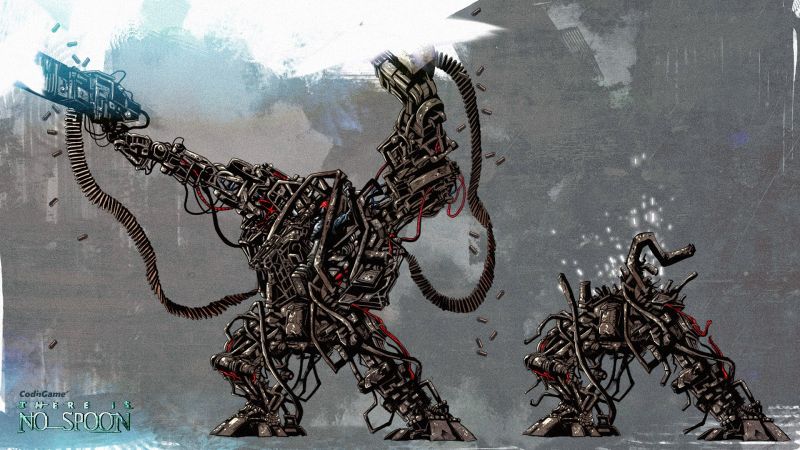
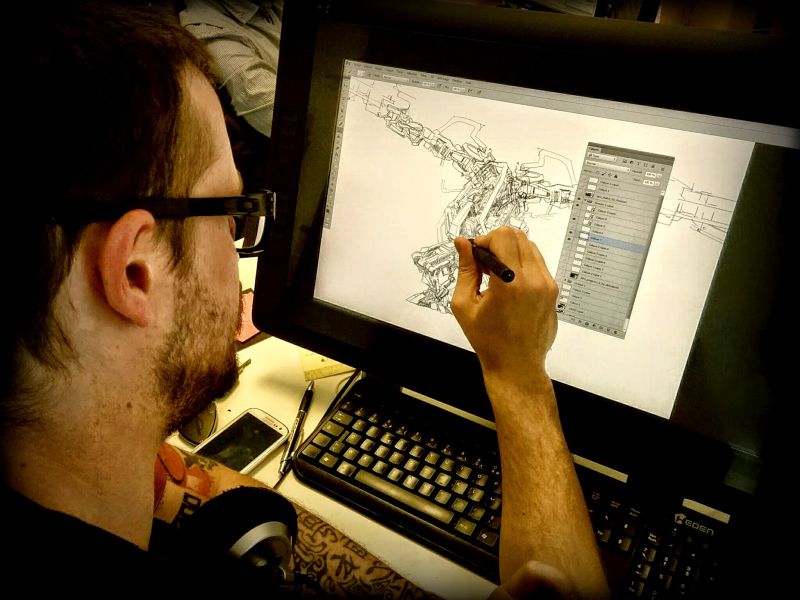
Game Implementation
Firstly, we create the game logic without taking into account the graphics. Only when the game is theoretically playable do we start integrating all the visuals, updating the game code if need be. The game controller handles the actions of the player and detects all potential errors – then creates info that will be sent to the game view.
During the game implementation, we create all the test cases, handling increasing levels of complexity, within the constraints of the graphics. The biggest challenge for the implementation is to provide graphical renderings that can adapt to large data sets.
After that we build a story and a statement for the puzzle, explaining the goals and the rules. This is a very important step as it needs to be perfectly understandable in a minimal amount of time.
Testing
Be assured that we do test the game on a lot of guinea pigs. It’s vital to get the timing right, to seize the difficulty and adapt it if necessary. That’s where we are a bit too optimistic, sometimes. We are so careful about the feasibility, because above all, we want the event to be fun and we want you to have a good time trying to solve the game.
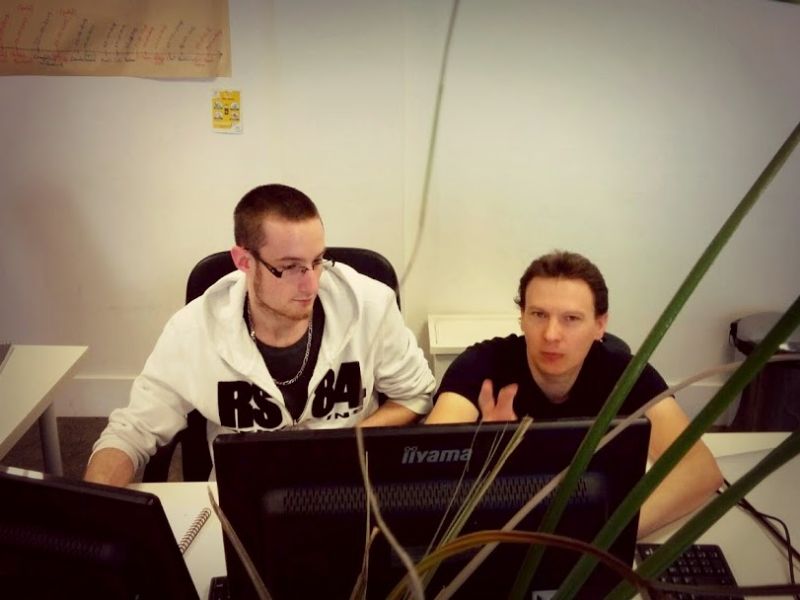
See you on April 25th for the next contest!
